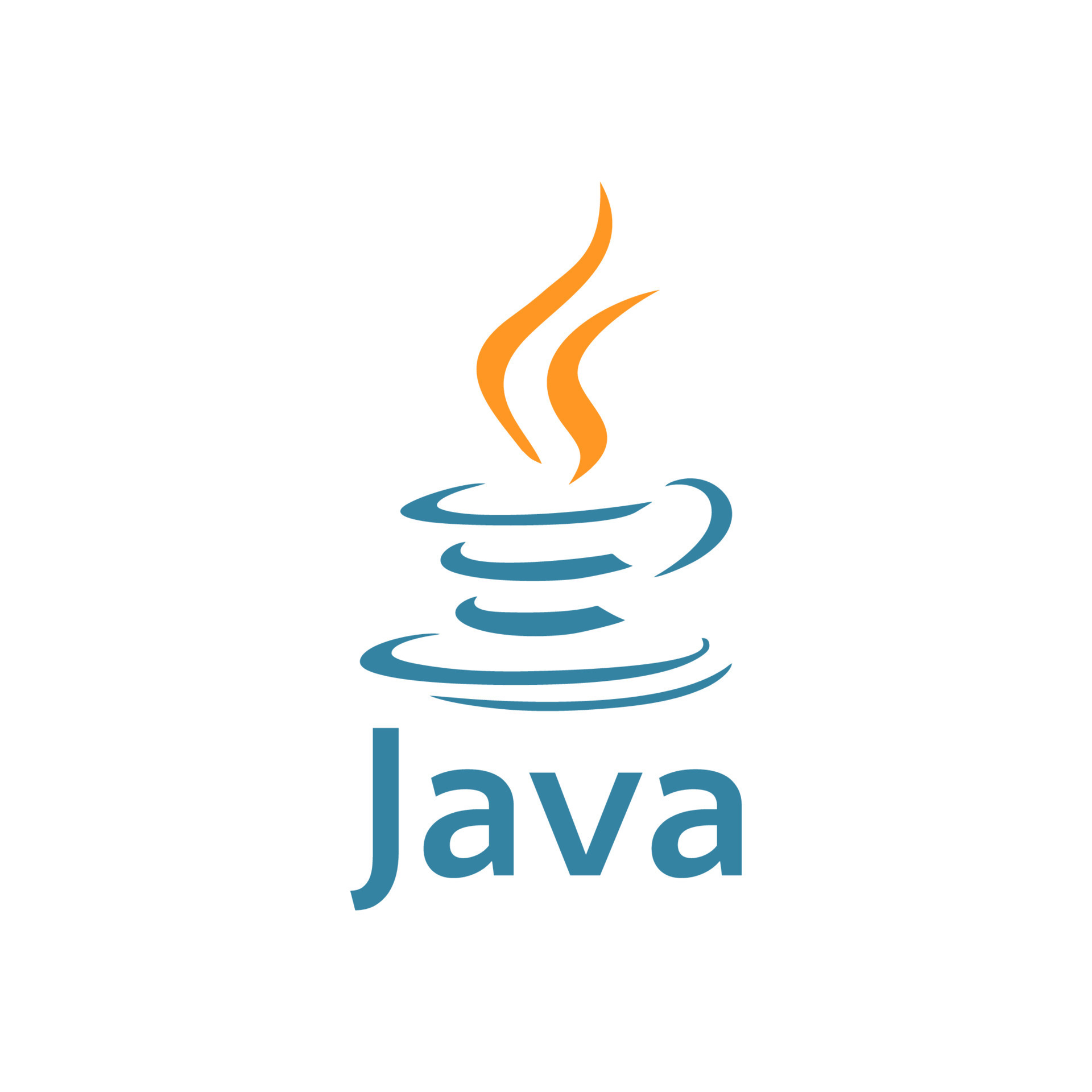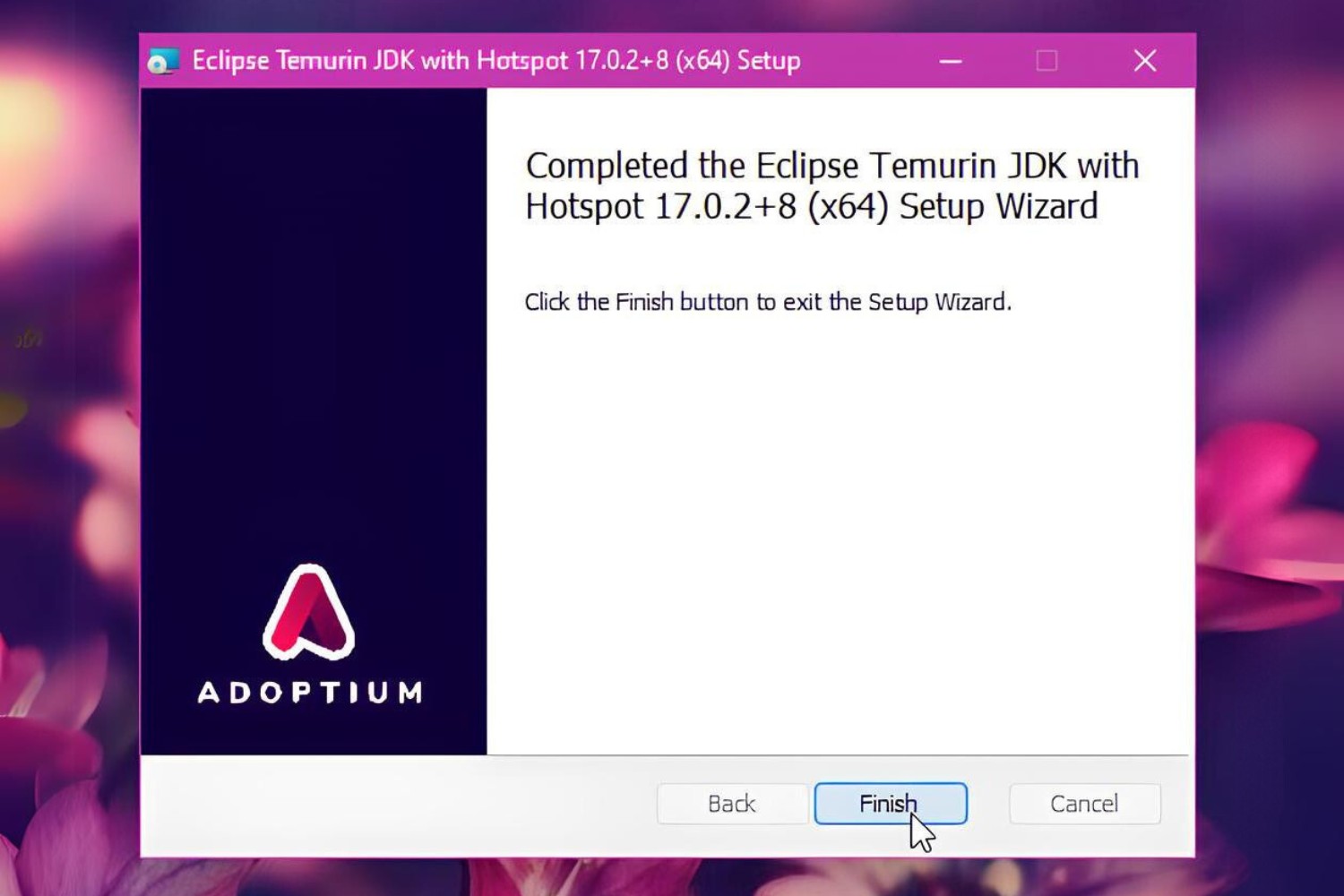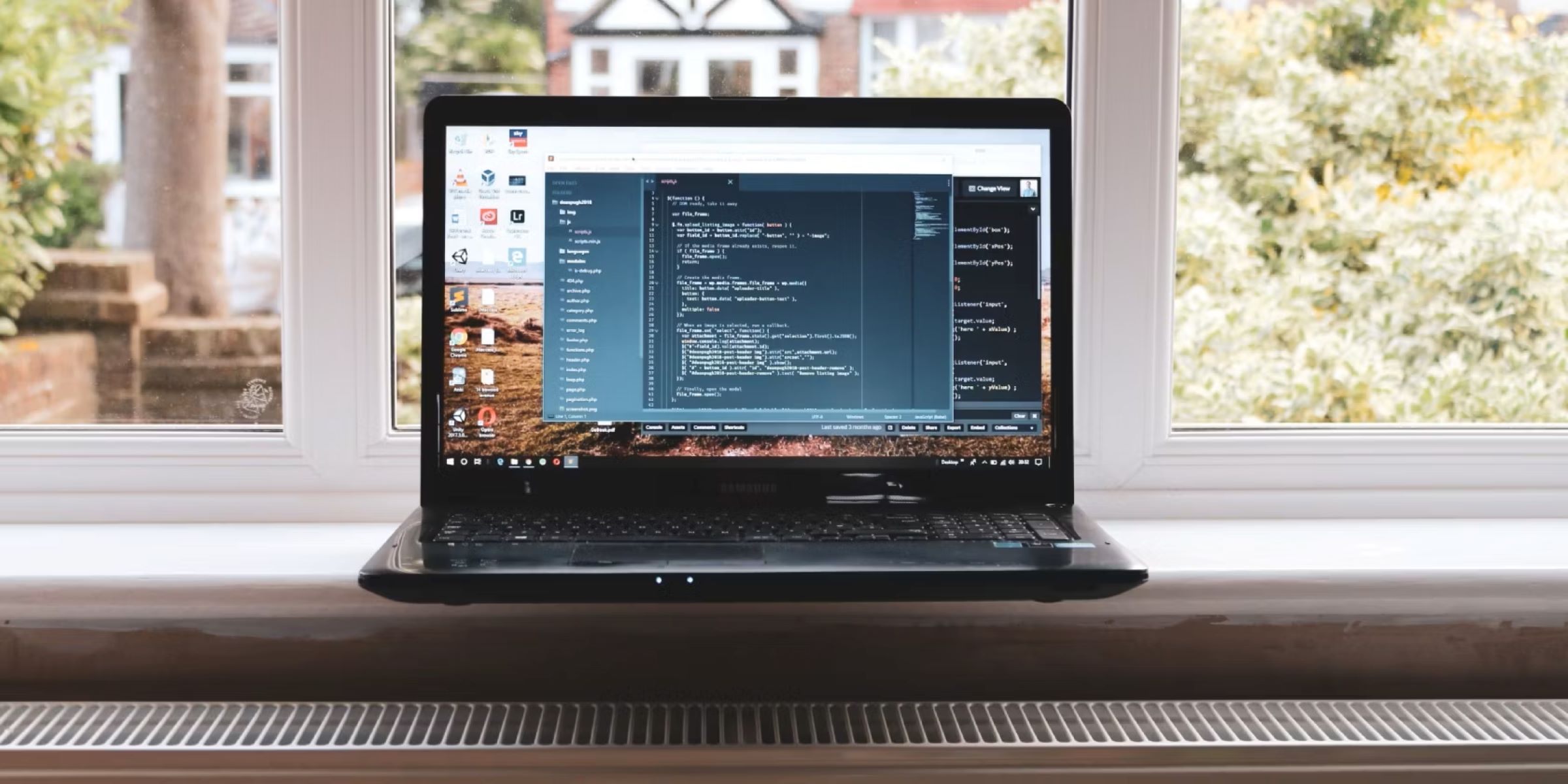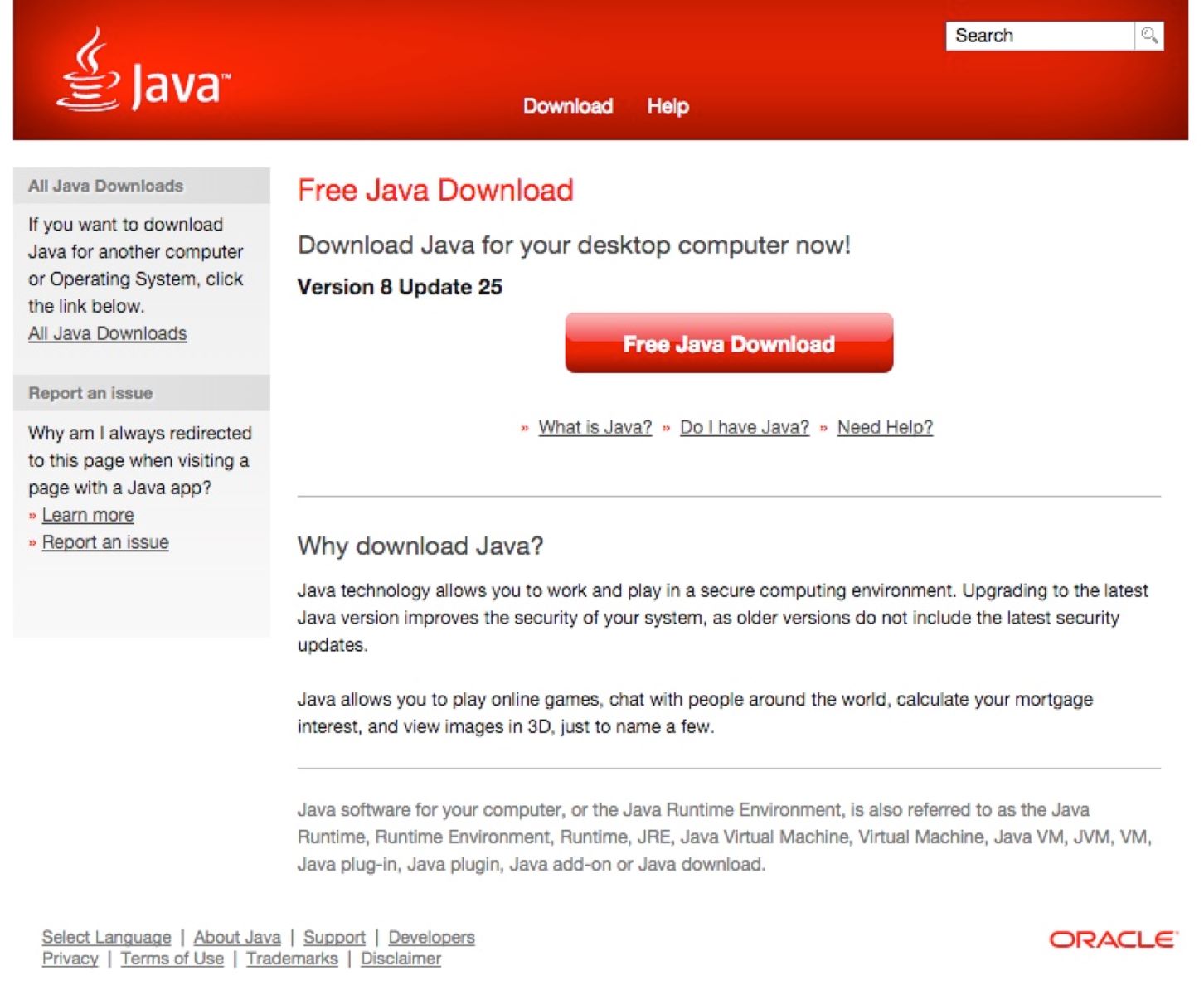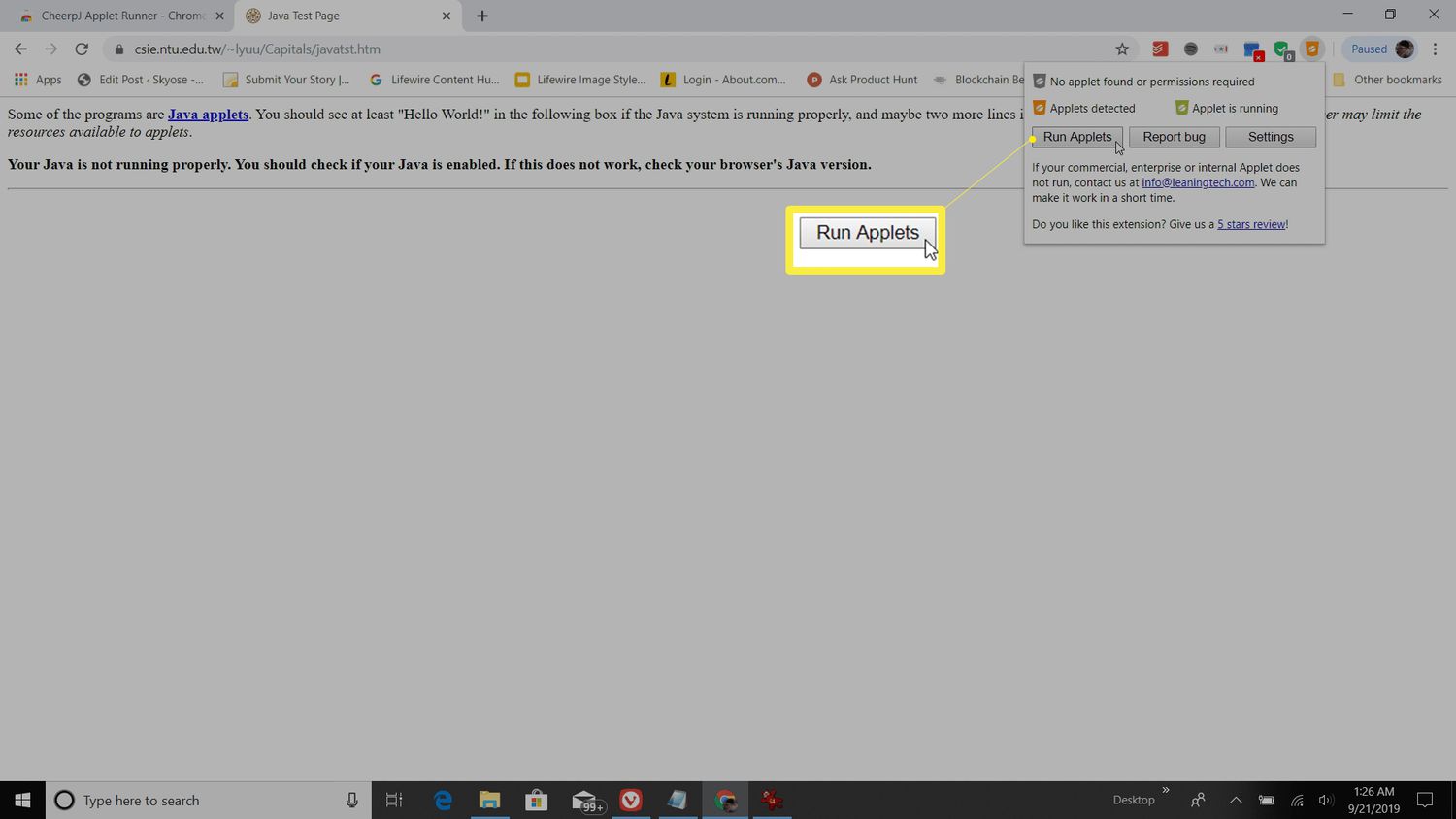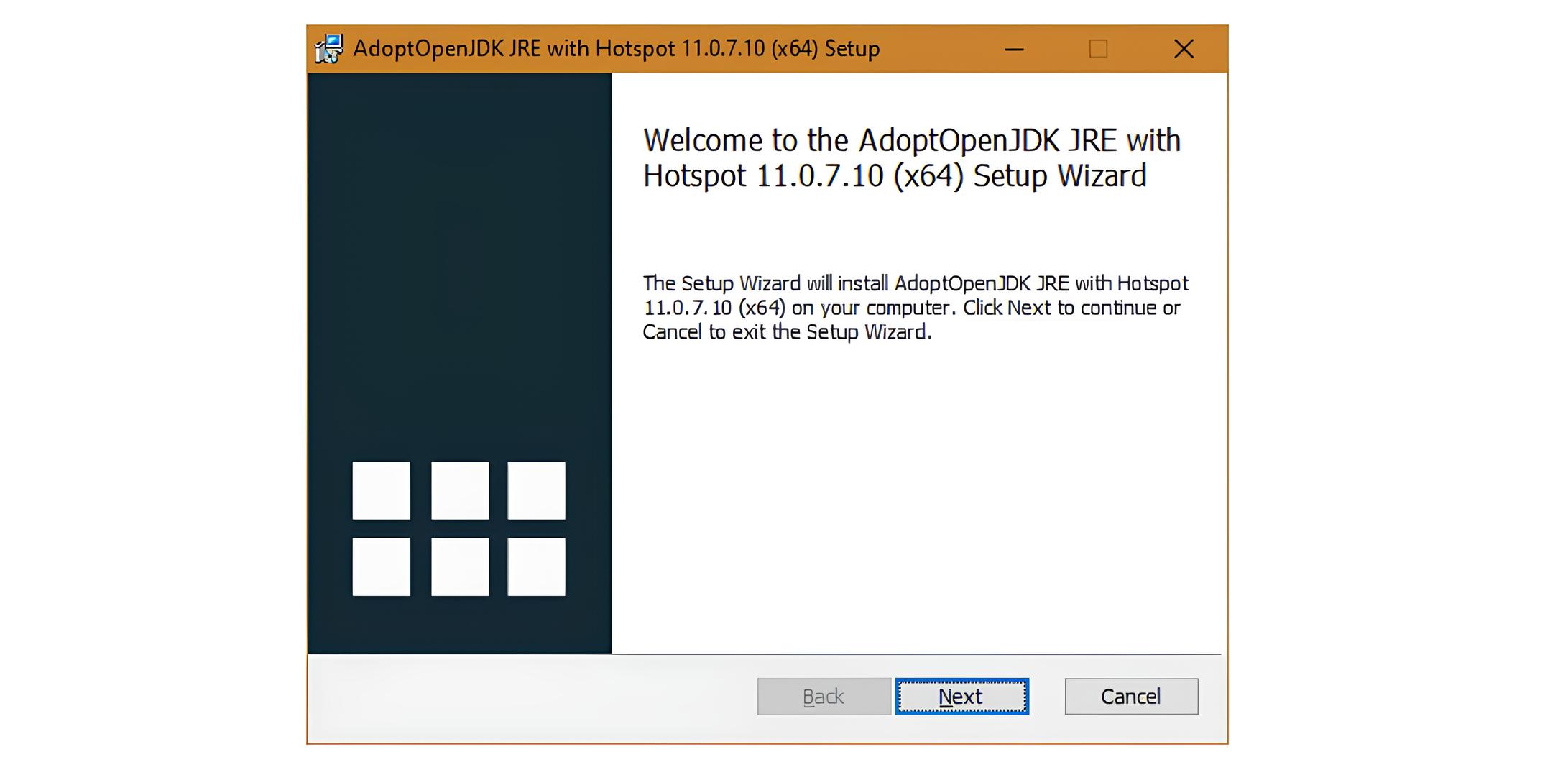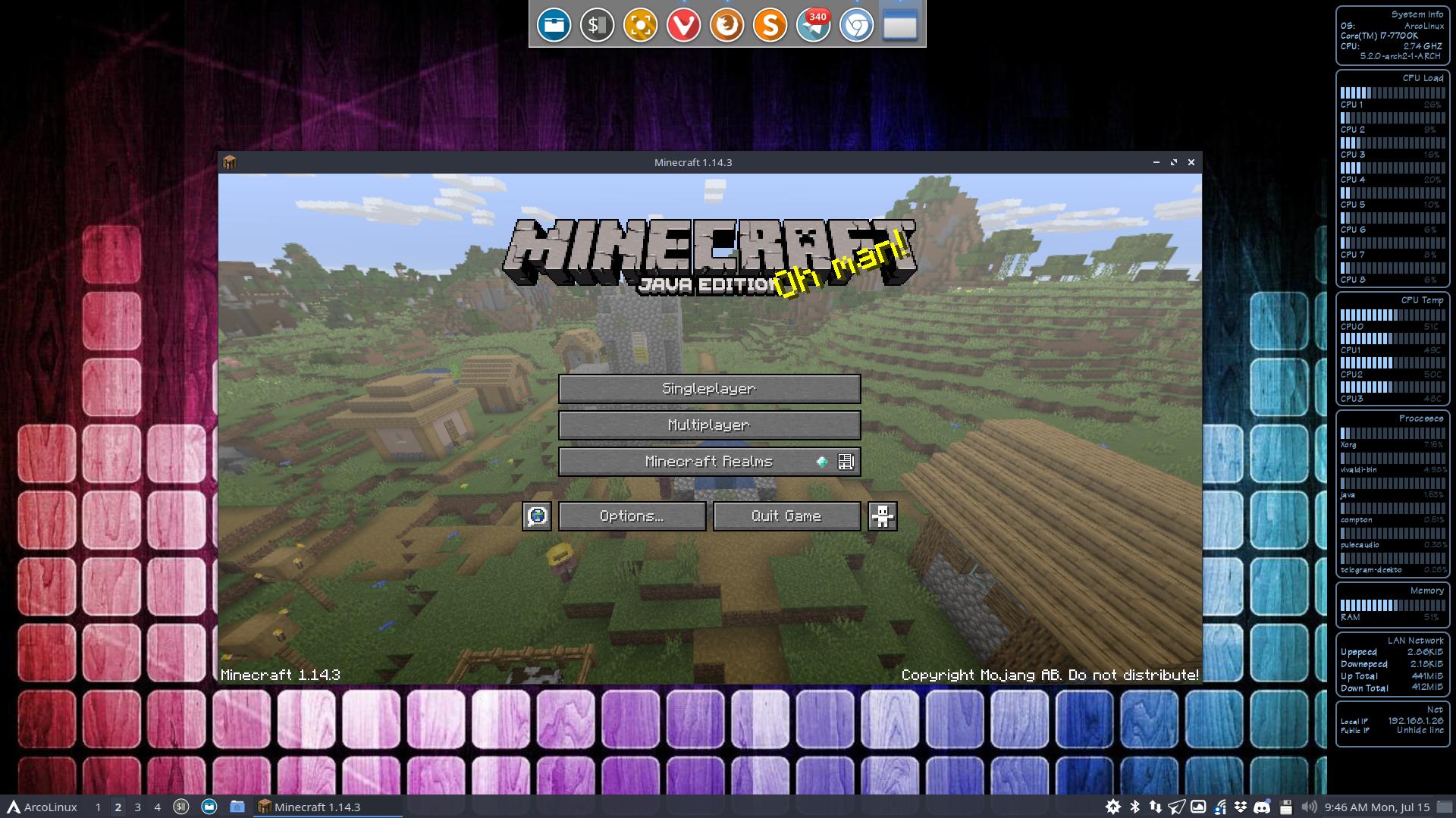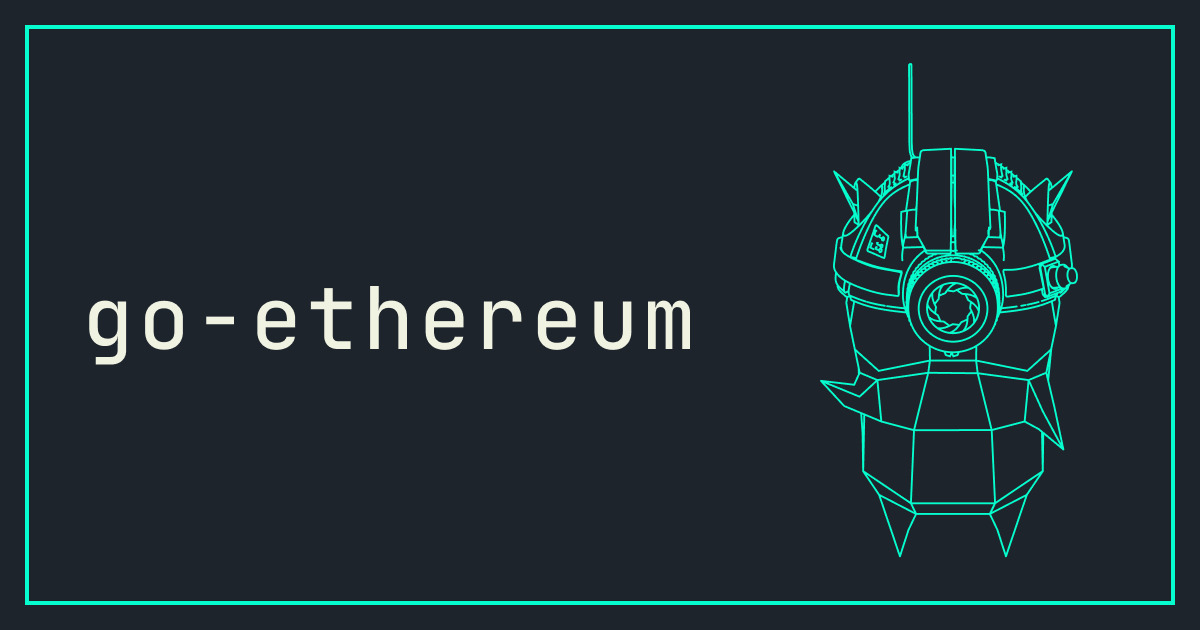Introduction
Welcome to the world of Java! If you are new to programming or have just embarked on your Java journey, you may have come across the term “Java Virtual Machine” or JVM. Don’t worry if it sounds like a complex concept; this article will help demystify it for you.
Java, developed by Sun Microsystems (now owned by Oracle Corporation), is a popular programming language used for a wide range of applications. One of the key features that sets Java apart from other languages is its platform independence. This means that Java code can run on different operating systems without the need for recompilation. How is this possible? Enter the Java Virtual Machine.
The Java Virtual Machine, often referred to as JVM, is a crucial component of the Java platform. It acts as an interpreter or a runtime engine that executes Java bytecode, which is a compiled version of Java source code. When you compile your Java program, it is transformed into bytecode, which can be executed by the JVM.
The JVM provides a layer of abstraction between the Java code and the underlying hardware and operating system. It ensures that Java programs can run consistently and predictably across different platforms, without needing to worry about the underlying system details.
Essentially, the JVM allows developers to create Java applications that are “write once, run anywhere” (WORA). This means that a Java program, once developed, can be executed on any device or operating system that has JVM installed. This is a significant advantage for developers as it eliminates the need for writing separate code for each platform.
Moreover, the Java Virtual Machine plays a crucial role in memory management and garbage collection. It dynamically allocates and deallocates memory for Java objects, and it also has mechanisms in place to automatically clean up unreferenced objects. This simplifies memory management for programmers and reduces the risk of common memory-related bugs.
In the next sections, we will take a deeper dive into the purpose, functionality, advantages, and disadvantages of the Java Virtual Machine. By the end of this article, you will have a clear understanding of the JVM and its importance in the world of Java programming.
Definition of Java Virtual Machine
The Java Virtual Machine (JVM) is a crucial component of the Java platform that enables the execution of Java programs. It is an abstract machine that provides a runtime environment for Java bytecode to run on various platforms without needing recompilation. Essentially, the JVM acts as a bridge between the Java code and the underlying hardware and operating system.
At its core, the JVM consists of three main components: the Class Loader, Runtime Data Area, and Execution Engine. Let’s briefly explore each of these components:
1. Class Loader: The Class Loader is responsible for loading Java class files into the JVM. It takes the bytecode generated by the Java compiler and dynamically loads classes as they are needed during program execution. This dynamic class loading allows for the flexibility and extensibility of Java applications.
2. Runtime Data Area: The Runtime Data Area is a memory area within the JVM that is used for various purposes during program execution. It is divided into several sections:
- Method Area: The Method Area stores class-level data, such as field and method information, constant pool, and static variables.
- Heap: The Heap is where objects are allocated and deallocated. It is the runtime data area shared by all threads in the application.
- Stack: The Stack holds method invocations and local variables for each thread. It is used for managing method calls and tracking the flow of execution.
- Program Counter (PC) Register: The PC Register keeps track of the current position in the bytecode being executed.
- Native Method Stack: The Native Method Stack is used for executing native methods, which are methods implemented in languages other than Java.
3. Execution Engine: The Execution Engine performs the actual execution of the Java bytecode. It interprets the bytecode or uses Just-In-Time (JIT) compilation to convert the bytecode into machine code on the fly for improved performance. The JIT compiler dynamically analyzes the bytecode and identifies hotspots to optimize their execution.
Overall, the JVM provides a platform-independent execution environment for Java programs. It abstracts the complexities of the underlying system and ensures that Java code can run consistently across different platforms. This enables developers to focus on writing Java code without worrying about the nuances of the hardware or operating system.
In the following sections, we will explore the purpose, functionality, advantages, and disadvantages of the Java Virtual Machine to gain a deeper understanding of its significance in the realm of Java programming.
Purpose of Java Virtual Machine
The Java Virtual Machine (JVM) serves several important purposes that contribute to the widespread adoption and success of the Java programming language. Understanding these purposes can help us appreciate the role of the JVM in the development and execution of Java applications.
1. Platform Independence: One of the primary purposes of the JVM is to enable platform independence. Java programs are compiled into bytecode, which is then executed by the JVM. This bytecode is platform-neutral, meaning it can run on any device or operating system that has a compatible JVM installed. This eliminates the need for developers to write separate code for different platforms, making Java applications truly “write once, run anywhere.”
2. Memory Management: The JVM takes care of memory management, making it easier for developers to write reliable and robust applications. It handles memory allocation and deallocation for Java objects through automatic garbage collection. The JVM keeps track of object references and automatically frees up memory for objects that are no longer in use, reducing the risk of memory leaks and the complexity of manual memory management.
3. Security: The JVM provides a secure runtime environment for executing Java programs. It implements various security features, such as bytecode verification, sandboxing, and access control mechanisms. Bytecode verification ensures that the code conforms to a set of safety rules, preventing malicious code from causing harm. The sandboxing feature restricts the execution of untrusted code, limiting its access to system resources. These security measures make Java a trusted choice for developing applications that prioritize safety and security.
4. Performance Optimization: The JVM includes a powerful execution engine that optimizes the performance of Java applications. It employs Just-In-Time (JIT) compilation, which dynamically compiles frequently executed portions of bytecode into machine code. This compilation process improves the execution speed of the application by reducing interpretation overhead. The JVM’s ability to analyze and optimize code at runtime significantly enhances the performance of Java applications.
5. Portability: Another purpose of the JVM is to ensure portability. Java programs written for one JVM can be run on any other JVM, regardless of the underlying hardware or operating system. This allows developers to create applications that can be easily deployed and executed on various devices and platforms, without the need for significant modifications or adaptations.
In summary, the purpose of the Java Virtual Machine is to provide platform independence, efficient memory management, robust security, performance optimization, and overall portability for Java applications. By abstracting the complexities of the underlying system, the JVM enables developers to focus on writing code that is versatile, reliable, and accessible across different platforms.
How Java Virtual Machine Works
The Java Virtual Machine (JVM) is an integral part of the Java platform, responsible for executing Java programs. Understanding how the JVM works can give us insights into the inner workings of Java applications and the role of the JVM in their execution.
When a Java program is compiled, it is transformed into bytecode, which is a platform-independent representation of the program’s source code. The JVM interprets this bytecode or uses Just-In-Time (JIT) compilation to convert it into machine code that the underlying hardware can understand. Let’s take a closer look at the key steps involved in the operation of the JVM:
1. Class Loading: The JVM’s Class Loader is responsible for loading the necessary classes into memory. It locates the bytecode files, verifies their correctness and integrity, and creates data structures in the runtime data area to represent the loaded classes. It dynamically loads classes as they are referenced during program execution.
2. Bytecode Execution: Once the necessary classes are loaded, the JVM begins executing the bytecode. It uses an interpreter to read and execute the bytecode instructions one by one. The interpreter decodes the bytecode and performs the corresponding actions in the runtime data area. This interpretation process ensures that the Java program is executed correctly, but it can be relatively slower compared to direct hardware execution.
3. Just-In-Time (JIT) Compilation: To improve performance, the JVM employs Just-In-Time (JIT) compilation. The JVM’s JIT compiler dynamically analyzes the bytecode and identifies hotspots – sections of code that are frequently executed. It then optimizes these hotspots by translating them into machine code, which can directly run on the underlying hardware. This compilation occurs at runtime and is transparent to the developer.
4. Memory Management: The JVM manages memory allocation and deallocation for Java objects. It includes a memory area called the heap, where objects are dynamically allocated. The JVM performs automatic garbage collection, freeing up memory resources by identifying and reclaiming objects that are no longer referenced by the program. This automated memory management helps prevent memory leaks and simplifies memory management for developers.
5. Multithreading and Synchronization: The JVM supports multithreading, allowing multiple threads to execute concurrently within a single Java application. It provides thread scheduling, synchronization mechanisms, and memory visibility guarantees to ensure thread safety during concurrent execution. The JVM ensures that threads interact correctly and safely, coordinating their operations to avoid potential race conditions and other threading-related issues.
6. Exception Handling and Runtime Error Reporting: The JVM handles exceptions and runtime errors that occur during program execution. It provides mechanisms for catching and handling exceptions, allowing developers to write error-handling code to gracefully handle exceptional situations. Additionally, the JVM provides detailed error reporting, including stack traces, to aid in diagnosing and debugging runtime errors.
By executing the bytecode, managing memory, supporting multithreading, handling exceptions, and utilizing JIT compilation, the JVM acts as the runtime environment for Java programs. It provides the necessary infrastructure and abstractions to ensure that Java code can run efficiently and reliably on various platforms.
Advantages of Java Virtual Machine
The Java Virtual Machine (JVM) brings a myriad of advantages to the world of Java programming. From platform independence to enhanced security, the JVM offers several benefits that contribute to the popularity and success of the Java language. Let’s explore some of these advantages:
1. Platform Independence: One of the most significant advantages of the JVM is its ability to provide platform independence. Java programs compiled to bytecode can run on any device or operating system that has a compatible JVM installed. This allows developers to write code once and deploy it across different platforms, eliminating the need for platform-specific development and enhancing overall productivity.
2. Portability: The JVM’s platform independence also translates into portability. Java programs that run on one JVM can seamlessly run on any other JVM, providing consistent behavior across platforms. This enables the easy transfer of Java applications from one device or operating system to another without the need for extensive modifications or adaptations.
3. Simplified Memory Management: The JVM automates memory management through techniques like garbage collection. It dynamically allocates and releases memory for Java objects, reducing the burden on developers to manually manage memory resources. This simplifies memory management, eliminates memory leaks, and minimizes the risk of low-level memory-related bugs in applications.
4. Security: The JVM incorporates robust security features to ensure the safe execution of Java programs. It employs bytecode verification to ensure that code adheres to certain safety rules, mitigating the risk of executing malicious or poorly written code. The JVM also implements sandboxing techniques to restrict the execution of untrusted code, providing an added layer of protection against potential security threats.
5. Performance Optimization: The JVM’s Just-In-Time (JIT) compilation plays a significant role in optimizing the performance of Java applications. The JIT compiler dynamically compiles frequently executed sections of bytecode into machine code, enhancing execution speed. This compilation occurs at runtime, allowing the JVM to adapt and optimize code based on the current execution context, resulting in improved performance.
6. Multithreading Support: The JVM offers robust support for multithreading, facilitating concurrent execution of multiple threads within a Java application. It provides synchronization mechanisms, thread scheduling, and memory visibility guarantees, ensuring thread safety and simplifying the development of concurrent programs. This enables developers to harness the power of parallel processing and improve application responsiveness and scalability.
7. Extensive Standard Library: The JVM comes with an extensive standard library that provides a rich set of reusable components and APIs. This library includes classes and utilities for tasks such as input/output operations, networking, database connectivity, graphics rendering, and much more. Leveraging the JVM’s standard library saves developers time and effort, enabling them to focus on solving specific business problems rather than reinventing common functionalities.
In summary, the advantages of the Java Virtual Machine encompass platform independence, portability, simplified memory management, enhanced security, performance optimization through JIT compilation, robust support for multithreading, and access to an extensive standard library. These advantages make the JVM an indispensable component of the Java platform, empowering developers to write versatile, secure, and high-performing applications.
Disadvantages of Java Virtual Machine
While the Java Virtual Machine (JVM) offers numerous advantages, it also has a few disadvantages that developers should be aware of. Understanding these drawbacks can help in making informed decisions while developing Java applications. Let’s explore some of the notable disadvantages of the JVM:
1. Increased Memory Consumption: The JVM’s automatic memory management comes with a trade-off. The overhead of garbage collection and memory allocation can lead to increased memory consumption compared to programs written in languages that allow manual memory management. For applications that require strict memory usage control or have limited resource availability, this can be a disadvantage.
2. Performance Overhead: Although the JVM uses Just-In-Time (JIT) compilation to optimize performance, Java programs may still experience some performance overhead compared to natively compiled languages. The interpretation and JIT compilation processes introduce additional execution time, which can result in slightly slower performance compared to languages that are directly compiled to machine code.
3. Limited Control over Hardware/OS Features: The JVM abstracts the underlying hardware and operating system, providing platform independence and ease of development. However, this abstraction also means that developers have limited control over hardware-specific features or low-level system interactions. Applications that require direct hardware access or system-specific optimizations may find this limitation restrictive.
4. Warm-up Time: The JVM’s JIT compilation involves dynamically optimizing code at runtime. Initially, when an application starts, there may be a noticeable warm-up time as the JVM analyzes and optimizes frequently executed code paths. This means that Java applications might have slower startup times compared to languages that directly compile to machine code.
5. Memory Management Overhead: Although automatic memory management is a significant advantage of the JVM, it can also introduce some overhead. Garbage collection pauses, which occur periodically, can temporarily halt the execution of the application and lead to unpredictable performance behavior. Careful consideration should be given to tuning garbage collection settings to minimize their impact.
6. Dependency on JVM Implementation: Different vendors provide their own implementations of the JVM, and these implementations may have slight differences in behavior and performance characteristics. This can result in non-standard behavior and potential compatibility issues across JVM implementations. Developers need to be cautious when relying on specific JVM features or performance optimizations.
7. Learning Curve: Java, being a robust and feature-rich language, has a steep learning curve for beginners. Mastering the intricacies of the JVM and understanding its internals can require additional time and effort. Developers familiar with languages that offer lower-level control or direct hardware access may need to adjust their mindset and adopt a more platform-independent approach when working with the JVM.
Despite these disadvantages, the JVM’s advantages outweigh the drawbacks for many developers. With careful consideration and understanding of these limitations, Java remains a popular choice for building scalable, secure, and platform-independent applications.
Common Misconceptions about Java Virtual Machine
The Java Virtual Machine (JVM) is a powerful and versatile component of the Java platform. However, there are some common misconceptions surrounding the JVM that can lead to confusion and misunderstanding. Let’s address these misconceptions and provide clarity on the true nature of the JVM:
1. Java Virtual Machine is a Programming Language: One of the most prevalent misconceptions is that the JVM is a programming language. In reality, the JVM is an abstract virtual machine that provides a runtime environment for executing Java bytecode. Java itself is the programming language, and the JVM serves as the intermediary between the compiled Java code and the underlying hardware and operating system.
2. JVM is Slow: Some individuals mistakenly believe that the JVM is inherently slow and hinders the performance of Java applications. While it is true that the initial interpretation and JIT compilation processes introduce some overhead, modern JVM implementations have advanced optimization techniques that can significantly improve performance. With proper coding practices and performance tuning, Java applications running on the JVM can achieve high levels of performance comparable to other programming languages.
3. Only Java Programs Run on JVM: Another misconception is that the JVM can only execute Java programs. While the JVM was originally designed for running Java applications, it can support other programming languages as well. Several languages, such as Scala, Kotlin, and Groovy, are compatible with the JVM and can be compiled into bytecode and executed on the JVM without any issues.
4. JVM is Limited to a Single Operating System: Some people believe that the JVM is limited to a specific operating system, making Java applications non-portable across different platforms. However, the main advantage of the JVM is its platform independence. As long as a compatible JVM version is installed, Java applications can run on various operating systems, including Windows, macOS, Linux, and even mobile platforms like Android.
5. Garbage Collection is Perfect and Eliminates Memory Leaks: Garbage collection is an essential feature of the JVM that automatically manages memory allocation and deallocation. However, it does not guarantee the absence of memory leaks. In certain situations, ineffective coding practices or improper handling of object references can still result in memory leaks. It is important for developers to understand memory management concepts and design their applications with memory efficiency in mind.
6. Lack of Performance Control: Another misconception is that using the JVM limits developers’ control over performance optimization. While the JVM’s automatic memory management and runtime optimization may seem like a black box, there are still ways to fine-tune and optimize performance. The JVM provides various configuration options and profiling tools that allow developers to analyze and optimize code execution, memory usage, and other performance aspects of their Java applications.
7. JVM is Outdated: Some may believe that the JVM is outdated and no longer relevant in today’s rapidly evolving technology landscape. On the contrary, the JVM continues to evolve and adapt to modern computing needs. It receives regular updates to improve performance, security, and support for new features. The vibrant Java ecosystem and the flourishing community further demonstrate the relevance and ongoing development of the JVM.
By dispelling these common misconceptions, we can gain a better understanding of the true capabilities and benefits of the JVM. It offers a robust and portable runtime environment for executing Java and other compatible programming languages, with numerous performance optimization options and wide platform support.
Conclusion
The Java Virtual Machine (JVM) plays a pivotal role in the world of Java programming. It enables platform independence, simplifies memory management, enhances security, and optimizes performance. By abstracting the complexities of the underlying hardware and operating system, the JVM provides developers with a consistent and versatile environment for developing Java applications.
We explored the definition of the JVM and how it works by interpreting bytecode and dynamically optimizing code execution through Just-In-Time (JIT) compilation. We discussed the advantages of the JVM, such as platform independence, portability, simplified memory management, enhanced security, performance optimization, multithreading support, and access to an extensive standard library.
However, it is important to be aware of the disadvantages and misconceptions surrounding the JVM. These include increased memory consumption, performance overhead, limited control over hardware or operating system features, warm-up time, memory management overhead, dependency on JVM implementation, and a learning curve associated with Java and the JVM. Understanding these drawbacks can help developers make informed decisions and mitigate any potential challenges.
Despite its limitations, the JVM remains a powerful and widely adopted platform for Java development. It empowers developers to write code once and run it on various platforms, ensures memory efficiency through automatic garbage collection, provides robust security mechanisms, optimizes application performance through JIT compilation, and supports concurrent execution through its multithreading capabilities.
In conclusion, the JVM is a critical component of the Java ecosystem, offering a reliable and efficient runtime environment for Java applications. Its ability to provide platform independence, memory management, security, and performance optimization has solidified its place as one of the leading technologies in the programming world. As Java continues to evolve, the JVM is expected to evolve with it, delivering even more advanced features and capabilities.







